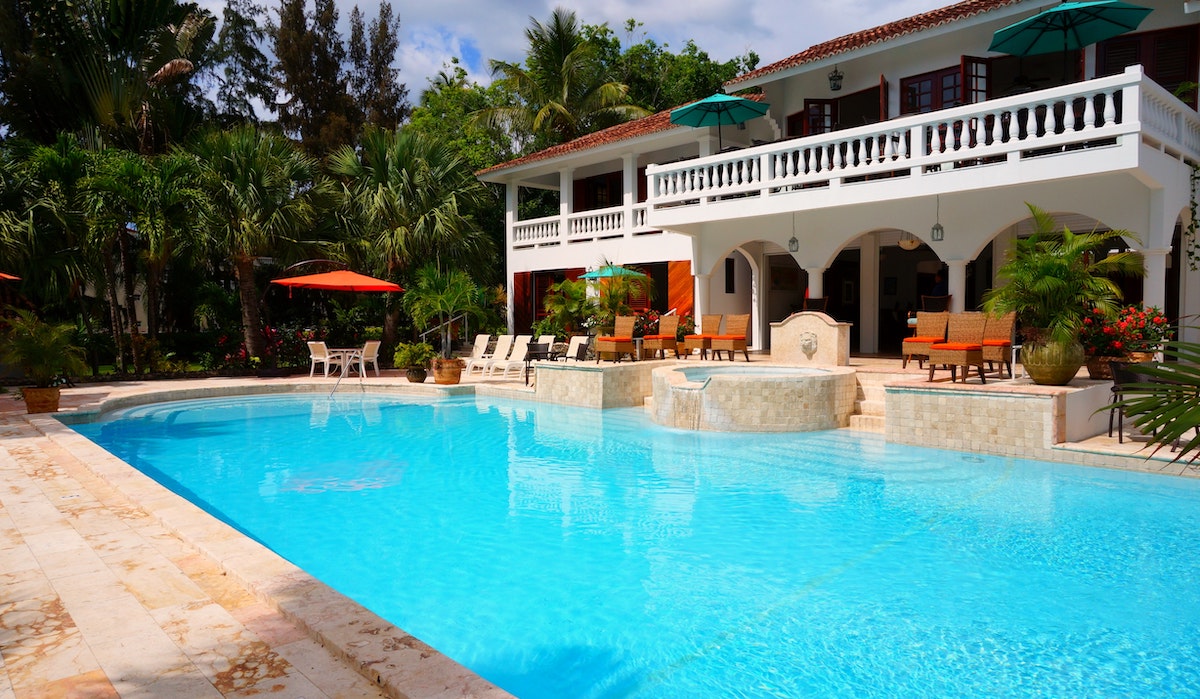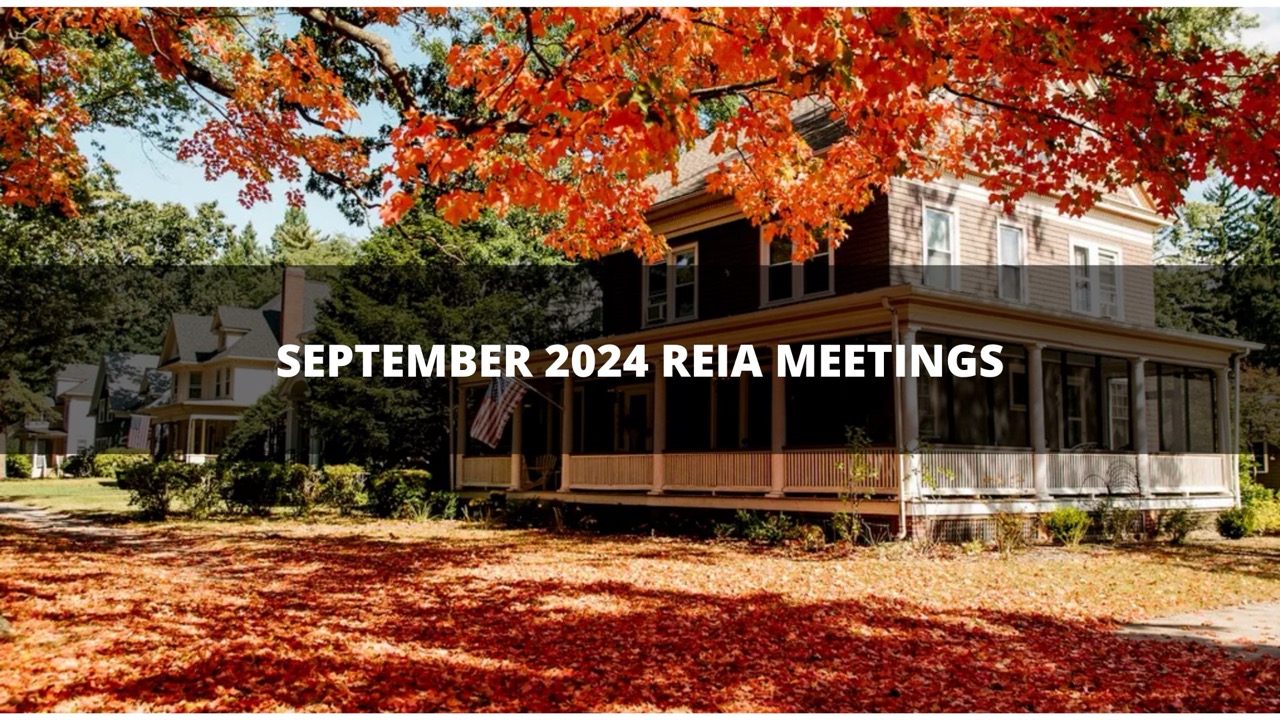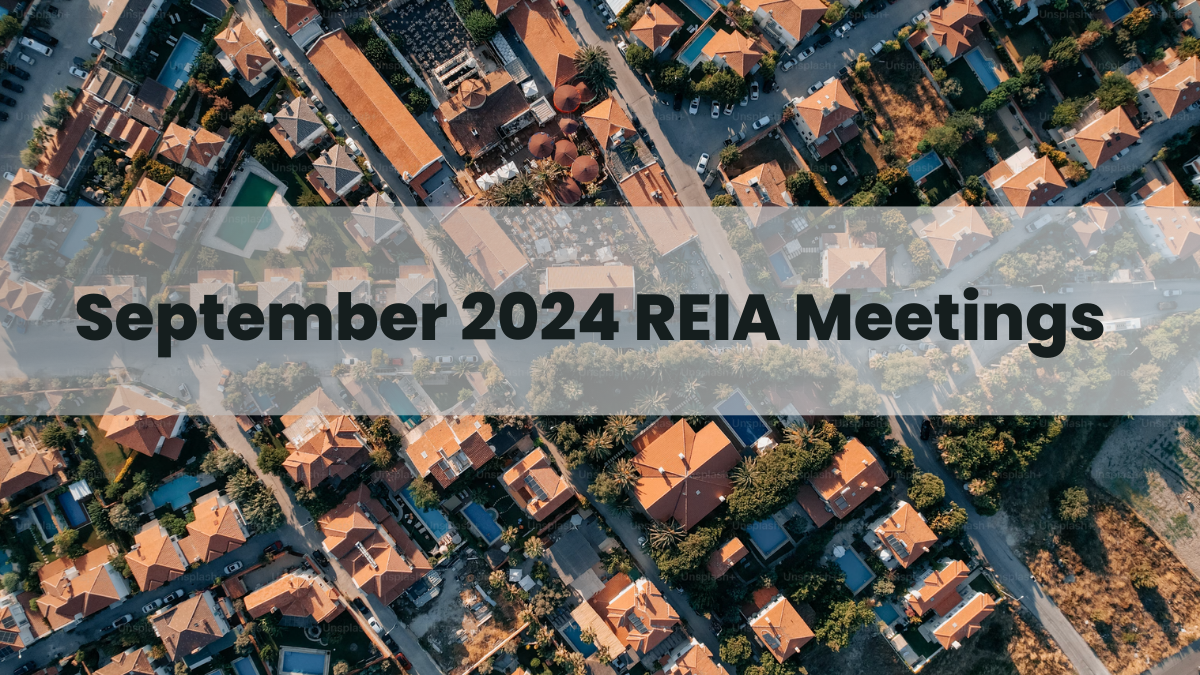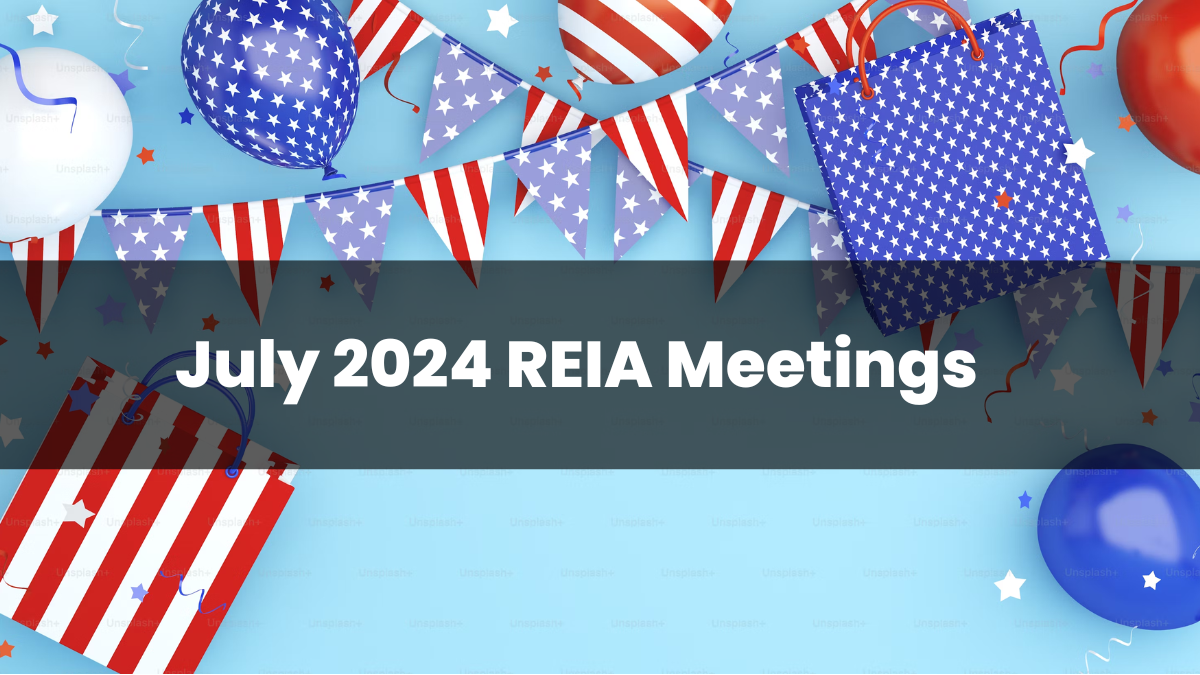ARV in Real Estate: Improvement Pitfalls to Avoid (Part 2)
Home improvements aren’t always equal. When it comes to finding ways to increase real estate after-repair value (ARV), investors need to carefully consider what improvements to make. Some might seem like obvious ways to add value and attract buyers, but the reality is that they might scare buyers away.
Our first part went over how to boost real estate ARV. In this second part, we’re going over home improvements that can do more harm than good to a property’s ARV. Some of these can add value, but more often than not, they don’t make sense for a neighborhood—which can cause a loss of a return on investment. It’s all about context.
Let’s dive in.

A Swimming Pool
Having a pool in the backyard is something most people have dreamt about at some point. Because of this, it might seem like a smart idea to add to an investment property. Pools are a high-cost addition that are sure to attract buyers, right?
Not exactly.
Pools can add to a property’s ARV, but the return on a swimming pool, most of the time, doesn’t match what it costs to install. The reason being: pools take a lot of work and money to maintain. Homebuyers that don’t have experience with maintaining a pool might not be inclined to seek out a property with one.
Investors should also consider the neighborhood in which the property is located. The big question to ask is: do other properties have pools? Adding a pool can drive up the ARV of a property—if other houses in the area don’t have pools, buyers tend to go for the lower-cost properties surrounding the property with a pool. If properties in the area do have pools, then a pool would be a sensible addition to boost ARV.
Location, in a much broader sense, should also be taken into consideration. Can the pool be used year-round? In warmer areas, a year-round pool could be possible. But if it’s going to be too cold outside to utilize the pool for large chunks of the year, then leave it out.
Over Improving the Property
There are a variety of ways investors can improve a property’s real estate ARV. Investors might even be compelled to do all that they can. However, it’s often inadvisable to make multiple high-cost renovations or improvements.
Having the latest kitchen appliances, or completely removing a standing shower in the master bathroom to make room for a bigger tub is a bit over-the-top in most cases. It seems like an appropriate next step, but spending too much money can seriously cut into your profit margin. It’s okay to update appliances, but they don’t need to be the latest and greatest. Nor do they need to be professional-grade. A bathroom with a tub and a standing shower gives more options. And new kitchen appliances are nice to have, but they don’t need to be ones found in a chef’s kitchen.
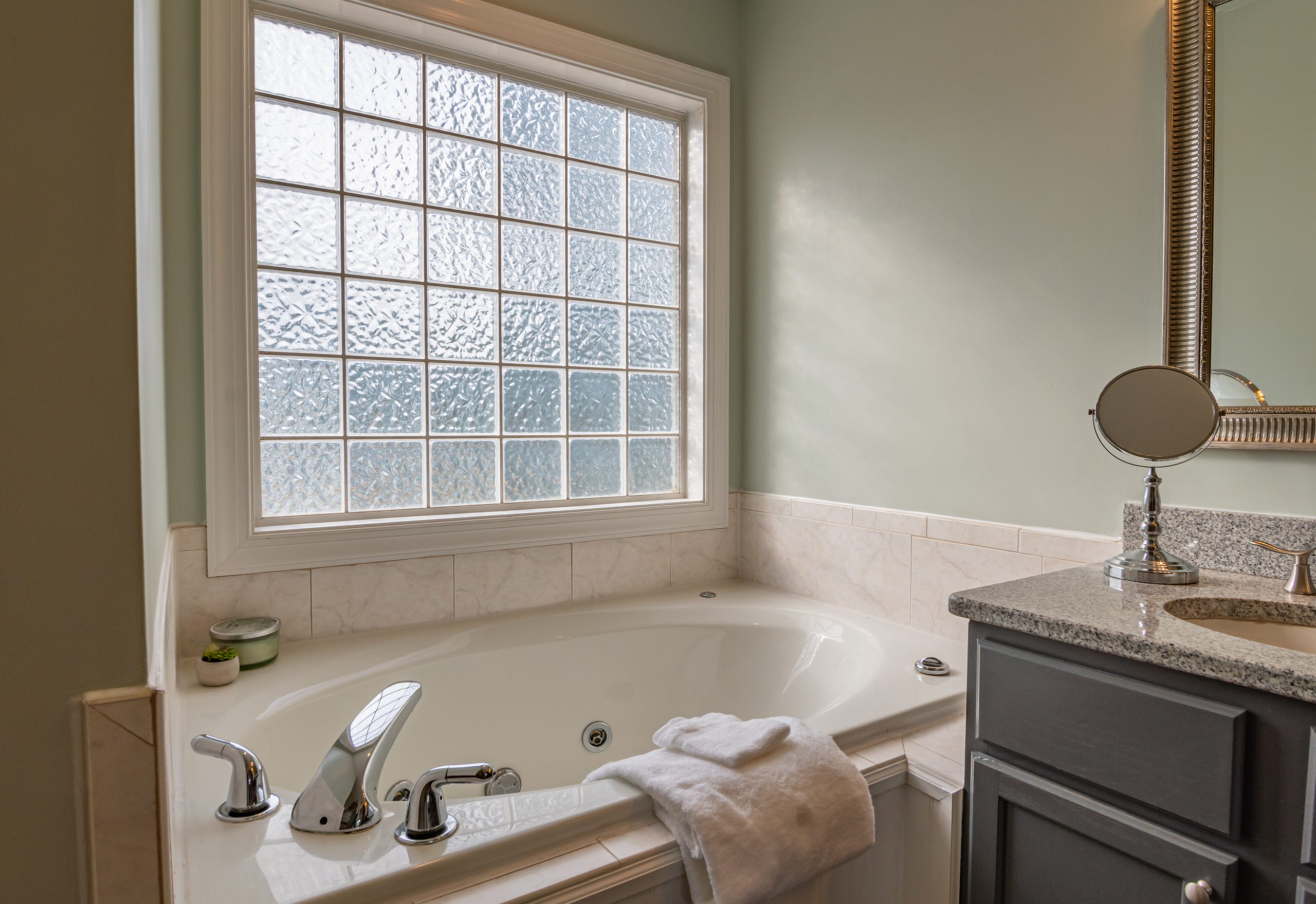
Expanding the property, like adding a second floor or an addition (such as a sunroom), should only be considered if it makes sense with the neighborhood. Don’t add a second floor if the rest of the neighborhood is one story. In the same vein (though more of a subtraction), combining two rooms to make a bigger master bedroom takes away a room to list. Going down from a three-bedroom to a two-bedroom isn’t ideal. The more bedrooms that can stay, while also updating them, the better.
Invisible Improvements
Sadly, adding new heating or cooling units won’t do much to boost ARV. In fact, if a system is out-of-date or needs to be replaced, that’s just part of the renovation process. These pieces of equipment are required for the house to function, to make the house livable. Without them, the buyers would have to make the changes.
That’s not to say these additions can’t be mentioned. Mentioning that the HVAC has been replaced, or if the plumbing has been repaired, can tell a buyer that they won’t have to make those repairs themselves from the start. However, if none of these are in need of updates, then it’s best to just leave them be.
Anything That Can Be Personalized
It’s a good rule of thumb to let buyers do the more personalized projects themselves. What might look good to the investor renovating the property might not be to a lot of buyers’ liking. Make the property look presentable, but don’t spend too much money on redoing the interior or exterior of the home.
On the outside, a plant here and there can help. Keep the lawn well-manicured, bushes trimmed, and leaves swept up and cleared away. The seasonality of plants should be considered too.
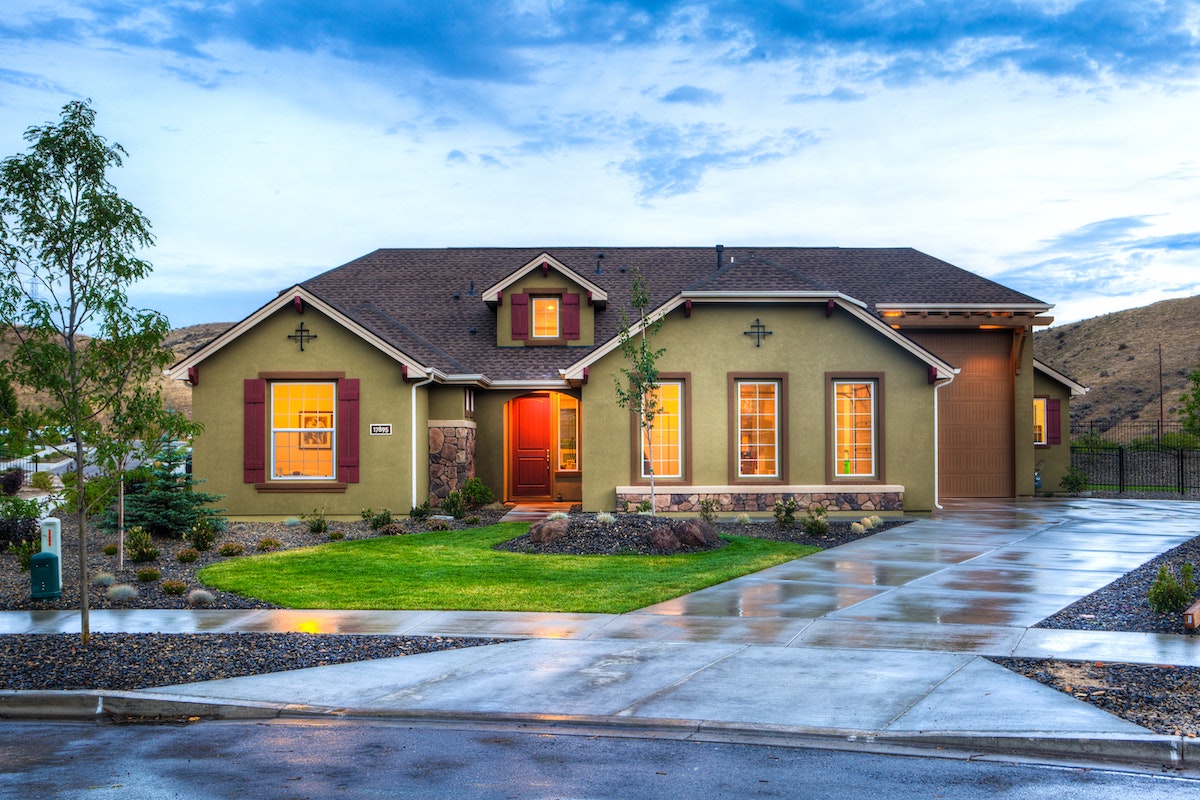
When it comes to the interior, keeping wallpaper to a minimum is recommended. Keep any paint tones on the neutral side. Buyers might want to paint their new home, so it’s best to make that process easier for them by avoiding loud, dark, or vibrant colors.
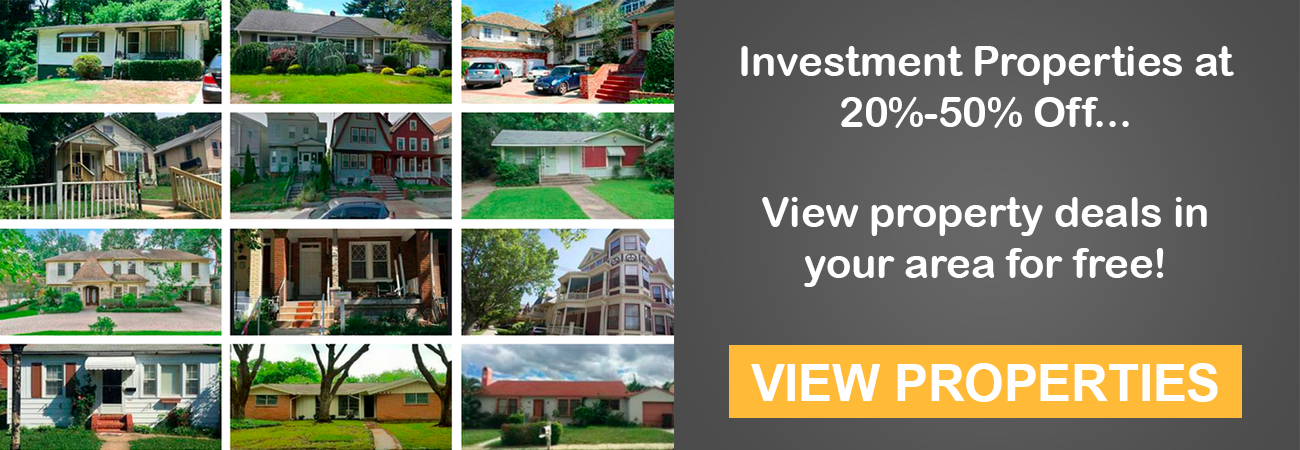
Context and Sensibility
As we’ve mentioned throughout this post, the best way to avoid losing money on an investment property is to make improvements that make financial sense. Having real estate comps is a good way to avoid the mistake of making an unnecessary improvement.
Repairs and improvements that make sense with the neighborhood are what’s going to best add value to the property. If houses in the neighborhood don’t have pools, don’t add one. High-end appliances can be a turn-off for buyers if they don’t know how to use them or just seem excessive.
Investors should only be interested in making the property look the best it can for their target buyers. Personalized additions should be left up to the buyers. Maximizing profit potential is the name of the game here. Which means doing everything to boost the real estate ARV of the property.
Not all improvements are made equally, and some can hurt more than they help. We hope that this two-part series will help guide members of our tribe to make the most sensible upgrades to their investment properties. Your success is our main goal.
Happy, and profitable, investing!

